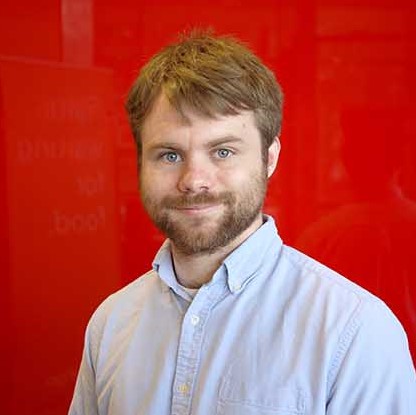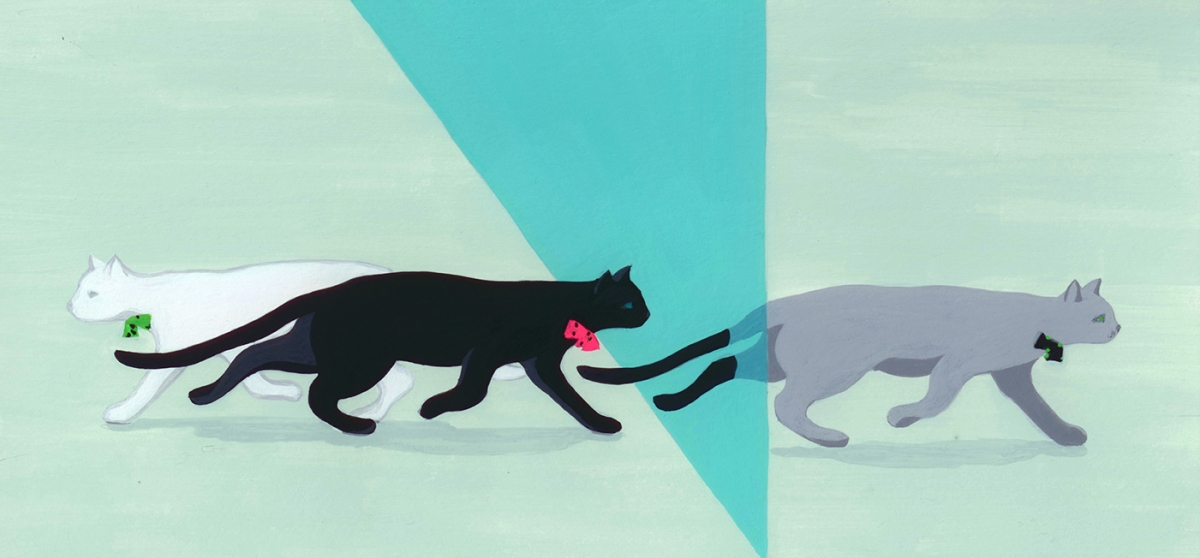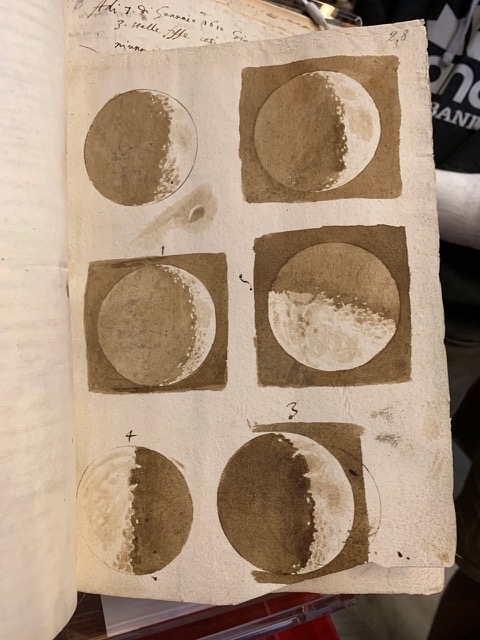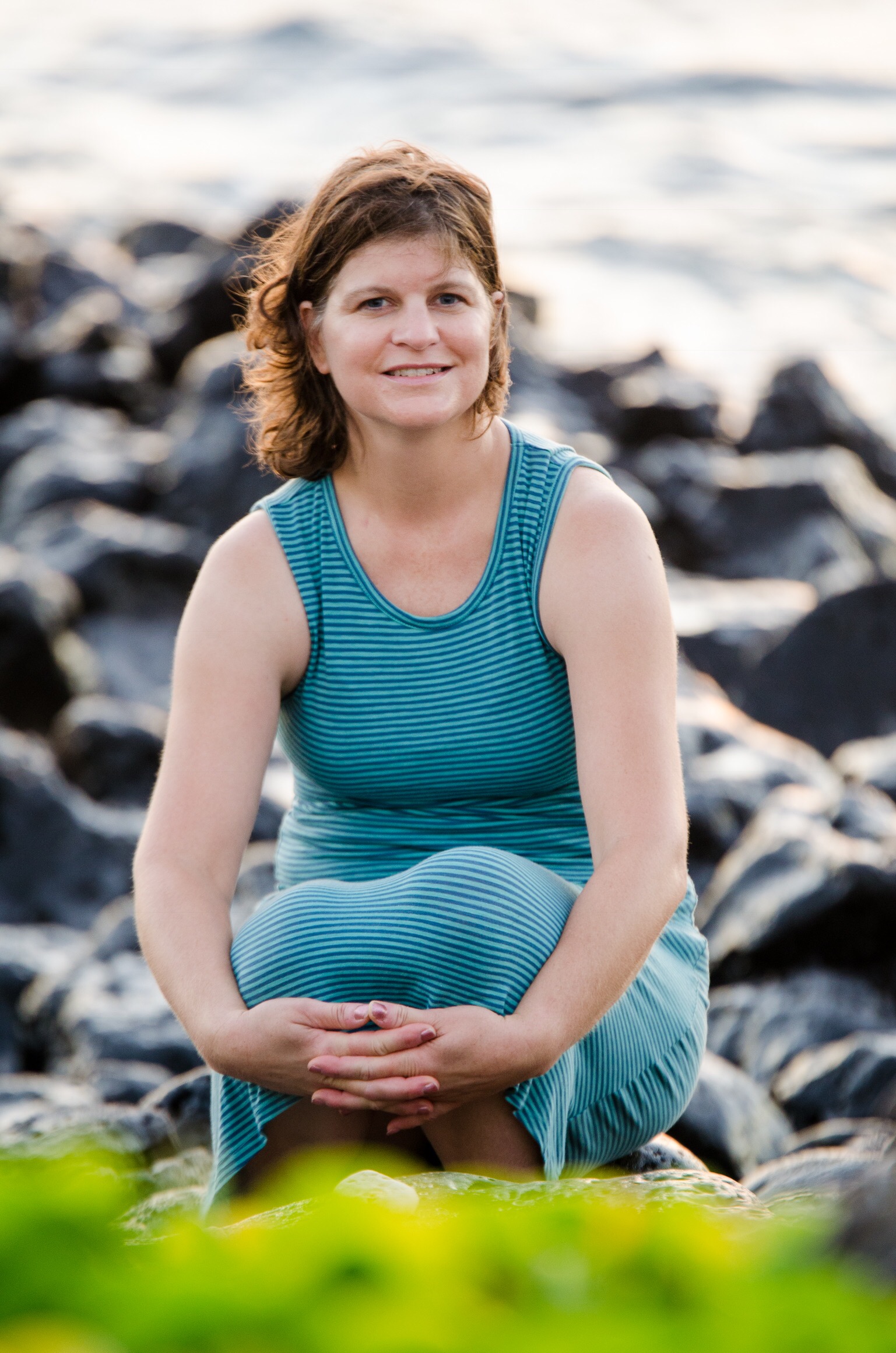In Memoriam
- Details
- Published: Friday, January 17 2020 05:56
It is with much sadness that the Department of Physics announces the passing of several members of our community.
Janet Das Sarma (1971-2019) managed the Condensed Matter Theory Center for the last decade. She received the department’s Staff Excellence Award in October. More
Leona Dunklee (1926-2019) was an account clerk in the Department of Physics who supported the electronic development group and was active in planning departmental events.
Hans R. Griem (1928-2019), a noted expert in high-temperature plasmas and spectroscopy, served on the UMD faculty from 1957 to 1994. He was a consultant with Los Alamos National Laboratory. More
Udayaditya “Yudi” Konwar (1997-2019), an international student from Assam, India, would have been a junior physics major this year.
Don Langenberg (1932-2019) was a physicist, the Chancellor of the University System of Maryland from 1990 to 2002, and in recent years an active voice for education at the National Academies. More
Susanne Misner (1933-2019) is survived by her husband, Professor Emeritus Charles Misner. The couple donated proceeds from the sale of correspondence with Stephen Hawking to establish the department’s Weber Endowment for Gravitational Physics.
Lawrence A. Schmid (1928-2019) was a longtime NASA physicist who contributed to the Apollo Lunar Landing. He was a generous donor to undergraduate education in UMD’s Department of Physics.
Joseph Sucher (1930-2019) was a Distinguished Scholar-Teacher and the poet laureate of the department. He established the Joseph and Dorothy Sucher Graduate Prize in Relativistic Theoretical Physics. More
Peter Hawley Walpole (1947-2019) was a physicist who worked on the Cosmic Ray Energetics and Mass (CREAM) and Boron And Carbon Cosmic rays in the Upper Stratosphere (BACCUS) experiments.
Gaurang Yodh (1928-2019) was a UMD Physics Professor from 1961 to 1988 before moving to the University of California, Irvine. More



 She received a diagnosis of stage 4 metastatic cancer in 2016 and was given a four-month life expectancy, but lived 43 months while undergoing nine separate therapies. Despite these grueling protocols, she continued to carry out all her CMTC duties. On October 25th, she was honored at the Physics staff awards luncheon for her comprehensive efforts in moving the CMTC from the Toll to the Atlantic Building. Her disease took a sudden, decisive bad turn in early November, and she died in December at home, looking at her favorite garden.
She received a diagnosis of stage 4 metastatic cancer in 2016 and was given a four-month life expectancy, but lived 43 months while undergoing nine separate therapies. Despite these grueling protocols, she continued to carry out all her CMTC duties. On October 25th, she was honored at the Physics staff awards luncheon for her comprehensive efforts in moving the CMTC from the Toll to the Atlantic Building. Her disease took a sudden, decisive bad turn in early November, and she died in December at home, looking at her favorite garden.